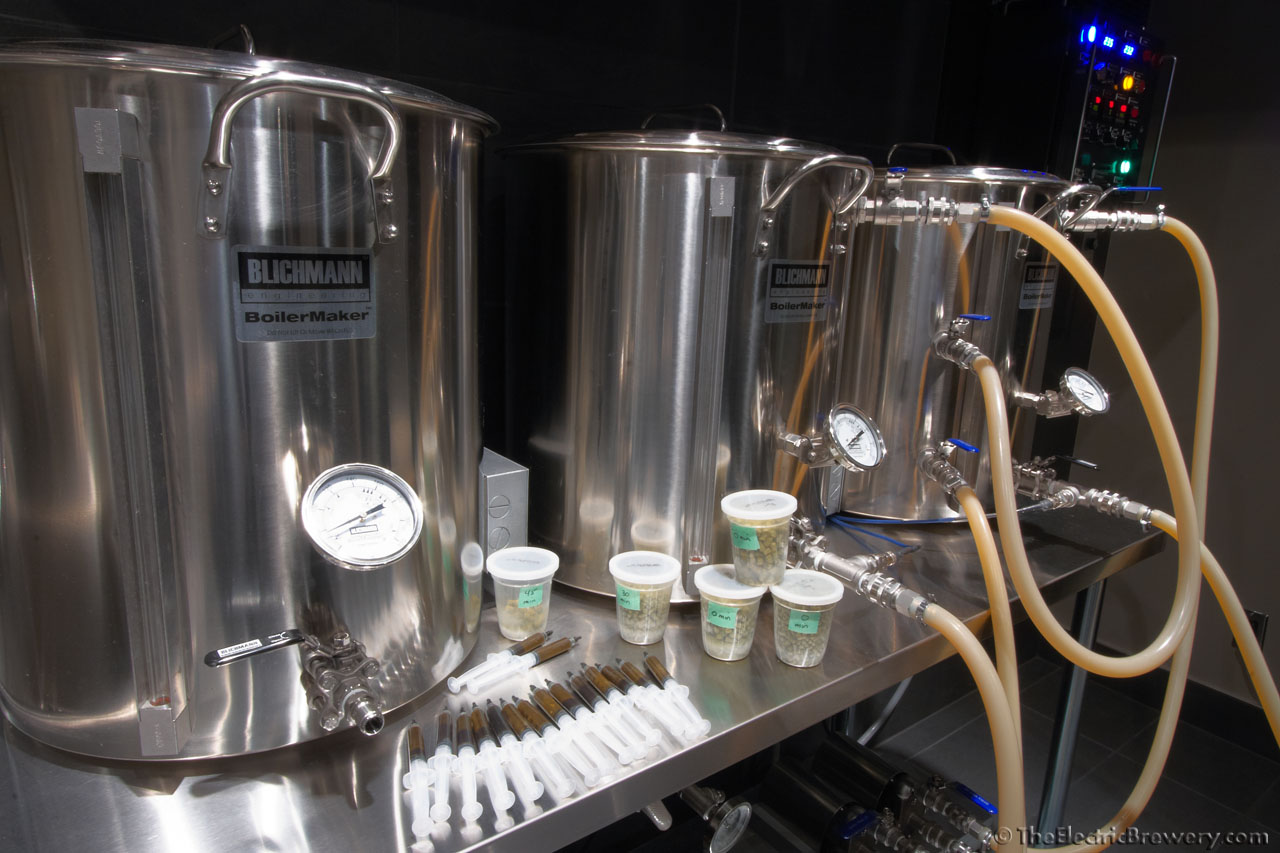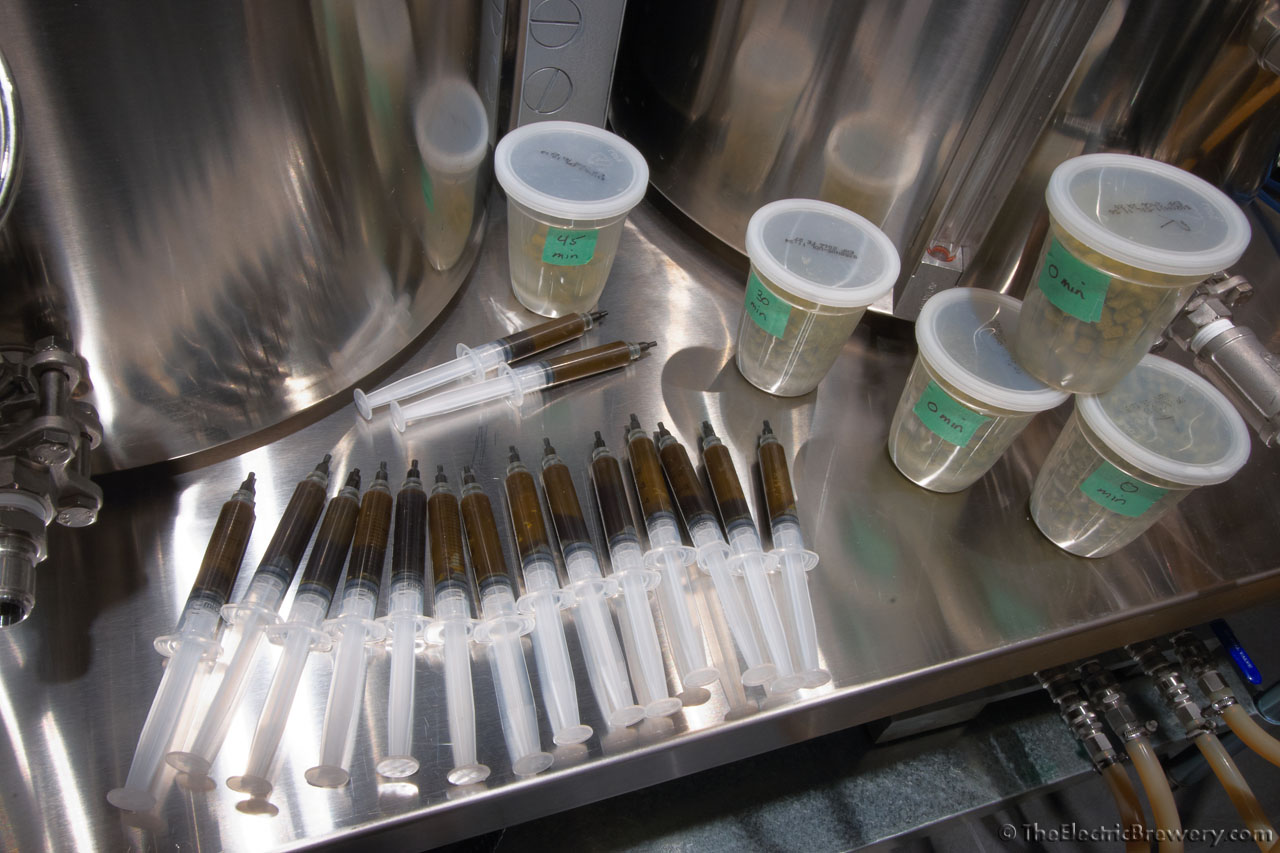scottland
Well-Known Member
The hop shots I used did cause some dark/black stuff to float around in my boil, almost oily like. I haven't tasted any off flavors though and I am in the dry hop stage now.
Ya, whenever I brew with a bunch of hop extract I get those little dark brown floating balls that float. They look to big to be un-ruptured lupulin glands, so I'm not sure what to make of them. They don't affect the beer in any way.




